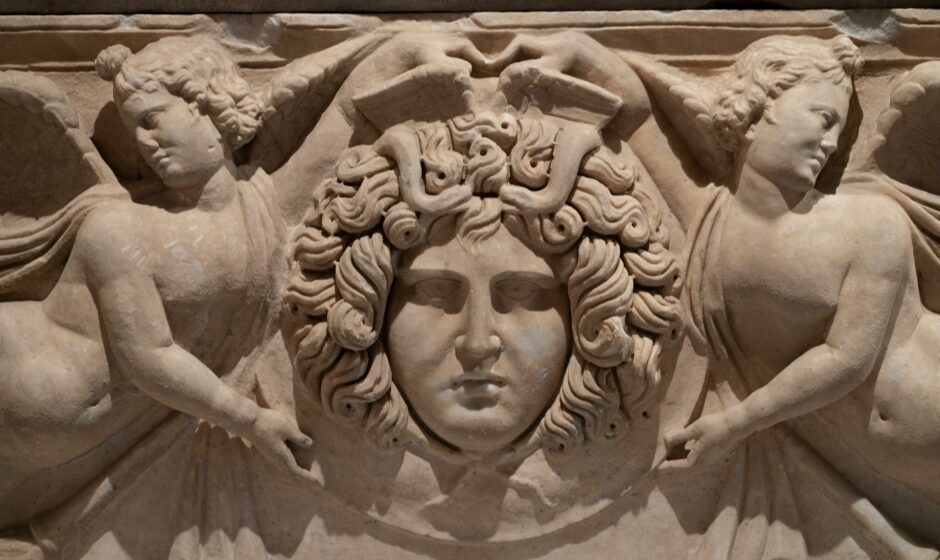Galactday: 55129.4
Throughout history, societies have grappled with crime and how best to enforce laws. In ancient Rome, one of the largest and most advanced empires of its time, maintaining public order was a constant challenge. Unlike modern police forces, Rome relied on a mix of military units, night watchmen, and local magistrates to investigate and punish crimes. While some criminals faced harsh justice, many—especially the powerful—could often escape punishment, even for serious offenses like murder.
Crime and law enforcement in Rome, as well as in the Roman Empire was a not consistent, particularly in a sprawling metropolis with over a million inhabitants at its peak. With this vast population came an inevitable rise in crime, from petty theft to political assassinations. However, Rome did not have a centralized police force like modern cities of today, no NCIS. Instead, different groups handled crime prevention and law enforcement depending on the situation.
The Night Watchmen was established by Emperor Augustus in 6 AD, the Vigiles were Rome’s closest equivalent to a police force. Originally tasked with firefighting, the Watchmen also patrolled the streets at night, looking out for thieves and troublemakers. While they could arrest criminals, they were poorly equipped for serious law enforcement.
Cohortes Urbanae, acted as a paramilitary police force of the time, the Urban Cohorts maintained order in the city, especially during riots and public unrest. They were heavily armed and operated under the command of the emperor.
The Praetorian Guard, was the elite bodyguards of the emperor who also played a role in suppressing crime, particularly when it involved political threats or conspiracies. While primarily responsible for the emperor’s safety, they could be called upon for special investigations.
The legal system relied on local magistrates, such as praetors and aediles, to oversee trials and resolve disputes. Magistrates depended on informants, eyewitness testimony, and sometimes torture to determine guilt.
Unlike today, where forensic science and police investigations gather evidence, ancient Roman crime investigations were crude, brutal and often unfair. Justice largely depended on witness statements, public accusations, and, in some cases, bribery. A person accused of a crime had to be formally charged by a private citizen. If no one witnessed the act, proving guilt was difficult.
The Roman government relied on informers (delatores) to report crimes, especially treason and corruption. Some informants were motivated by financial rewards, while others sought political gain. In certain cases, particularly when slaves were accused, torture was used to extract confessions or information. Free citizens were generally spared from torture, but they could still face coercion.
Trials were often held in front of a magistrate or, in high-profile cases, before the Senate or emperor. However, Rome’s legal system was highly susceptible to political influence. Wealthy individuals could bribe judges or use their connections to escape punishment and have their “cases” dismissed.
Murder was a serious crime in Rome, but many people, especially the elite, could often avoid consequences. Several factors influenced whether someone could get away with murder. If the murdered person was a slave or a lower-class citizen, authorities might not investigate at all. However, killing a high-ranking Roman or someone connected to powerful families could result in a severe crackdown.
Since trials relied heavily on eyewitness accounts, a murderer who committed the crime in secrecy had a high chance of avoiding punishment. Wealthy and powerful Romans often escaped justice by bribing magistrates or leveraging political alliances. Even emperors were known to use assassination as a political tool as “official business”. Many crimes, including murder, were sometimes handled through personal retaliation rather than legal proceedings. Family members of the victim might seek revenge, leading to ongoing blood feuds.
For those caught and convicted, punishments in ancient Rome were severe. The type of punishment depended on the crime and the social status of the accused. Criminals convicted of serious offenses, including treason and murder, could be executed in brutal ways, such as crucifixion, beheading, or being thrown to wild animals in the arena.
Wealthy individuals often avoided execution by choosing exile, where they were banished to remote provinces. Criminals, particularly lower-class offenders, were sometimes sentenced to work in mines, quarries, or public construction projects, where survival rates were low. Lesser crimes, such as fraud or theft, might result in flogging, branding, or public shaming.
While Rome had mechanisms to punish crime, law enforcement was often used as a tool of control by those in power. Many emperors, including Nero and Caligula, ordered executions of political rivals under the guise of justice. At times, entire families could be condemned based on accusations of treason.
Despite its flaws, Rome’s legal system laid the foundation for modern law. Concepts like public trials, legal representation, and the presumption of innocence before guilt have their roots in Roman legal traditions of juris prudence. However, the lack of a professional police force meant that justice in Rome was inconsistent, and those with wealth and influence often shaped the outcomes of cases.
Crime and punishment in ancient Rome were shaped by power, social class, and political influence. While some criminals faced severe punishments, others—especially the elite—could manipulate the system to escape justice. Without a dedicated police force or inspector generals, Rome relied on military units, informants, and public trials to maintain order, often with brutal efficiency. Though Rome’s justice system was flawed, its legal principles continue to influence modern legal systems today.




